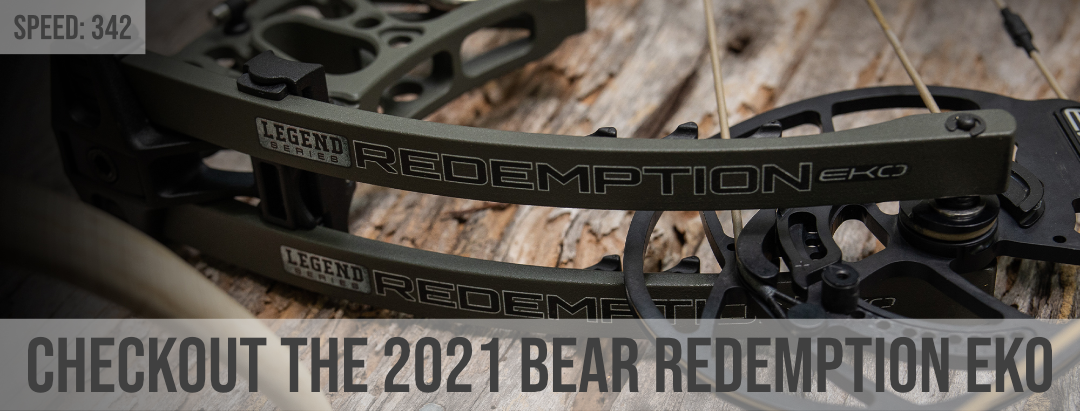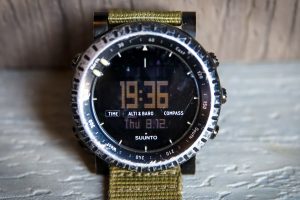A Different Approach To Gear Selection Part 1
4 min read
At a very early age my father introduced me to aviation. I dreamed of one day designing and building my own airplane. One principal that he taught me was that in aircraft design it’s all about compromise. You have to give one thing to have another. If you want an airplane that goes fast you’ll need a bigger engine, but that requires that you carry more fuel which makes the airplane heavier. Heavier aircraft require longer runways. You get the concept. I was recently at the Denver Sportsmen’s Expo and was speaking with someone who stopped by the booth. Tent and sleeping bag selection were the main topics. As he asked about a specific single wall tent design I shared why I use a tarp (not just any tarp, more on that later) verses a tent for backcountry use. Let me say this, if I’m camping at the truck – well, I bring out the super deluxe, big REI tent that sleeps 6 and I use a folding cot – comfort is my primary objective when it’s convenient. Gear that is compact, lightweight and multi-purpose are my objectives in the backcountry.
Tarp vs A Tent
There are a few factors that led me toward a tarp. The first being the most obvious – weight savings. I’ve been using an  Integral Designs Siltarp (the gray tarp in the picture) for years and love it. The tarp is made from silicon impregnated nylon which makes it waterproof and at 8 ounces, when compared to a single person tent (3 to 4 pounds), it’s extremely light. One real advantage of using a tarp is that there are no issues with condensation. A number of years ago I was testing a single-person single-wall tent. I woke up the next morning with a sleeping bag that was soaked from condensation! “But you didn’t ventilate well enough” some might say. When hunting elk in Colorado think about the terrain we’re in. We set up camp in the trees where there isn’t much, if any, wind. Additionally, in Colorado many evenings are very calm – no breeze means the moisture from breathing stays in the tent. This leaves you with the need to spend time drying your gear the next day. Should you risk leaving your sleeping bag draped over a bush all day while you’re away from camp? What if it rains? What if it gets windy? Another benefit to a tarp is the ease of picking up camp. Simply stuff the tarp into the stuff sack, about the size of a soda can, and you’re done.
Integral Designs Siltarp (the gray tarp in the picture) for years and love it. The tarp is made from silicon impregnated nylon which makes it waterproof and at 8 ounces, when compared to a single person tent (3 to 4 pounds), it’s extremely light. One real advantage of using a tarp is that there are no issues with condensation. A number of years ago I was testing a single-person single-wall tent. I woke up the next morning with a sleeping bag that was soaked from condensation! “But you didn’t ventilate well enough” some might say. When hunting elk in Colorado think about the terrain we’re in. We set up camp in the trees where there isn’t much, if any, wind. Additionally, in Colorado many evenings are very calm – no breeze means the moisture from breathing stays in the tent. This leaves you with the need to spend time drying your gear the next day. Should you risk leaving your sleeping bag draped over a bush all day while you’re away from camp? What if it rains? What if it gets windy? Another benefit to a tarp is the ease of picking up camp. Simply stuff the tarp into the stuff sack, about the size of a soda can, and you’re done.
If you’re looking to go lighter or have a larger tarp for the same weight consider a tarp made from Cuben Fiber.
Bivy Sack
Enough on the condensation topic. The other, obvious, question is “what if it rains?” Problem solved – add a bivy sack. A bivy sack basically is a waterproof/breathable bag that your sleeping bag and pad fit in to. Weighing approximately 1 pound my entire “tent system” weighs 1.5 pounds! There are also a number of other advantages to using a bivy sack. It keeps your sleeping bag clean. Moving your camp? Keep your sleeping bag in the bivy and put them both in your stuff sack or compression bag and you sleeping bag is protected from afternoon rain storms. Also, using a bivy sack adds about 10 degrees to the warmth factor of your sleep system allowing you to go with a lighter weight sleeping bag. Toss and turn during the night all you want – the bivy sack also keeps you centered on your sleeping pad.
Sleeping Pad
Another component that shouldn’t be overlooked is your sleeping pad. This is a crucial piece of gear when it comes to staying warm. The cold ground can suck the heat right out of your body faster than green grass through a goose. Will any type of sleeping pad do? Well, not necessarily. Some pad materials allow heat transfer at higher rates than others. Air mattresses are known for comfort but are terrible for keeping you warm – usually (more on that later) – with an R-Value of 1 or less. Closed cell foam pads are considered the best at preventing heat transfer but are bulking and don’t usually provide the best comfort. One mattress that combines air and closed cell foam is the ProLite series of self-inflating mattress from Thermarest. These offer a reasonable compromise of warmth (R-Value 2.4), comfort and cost. Living in the technology age that do Thermarest has figured out a way to prevent heat transfer when using an air mattress. A few years ago I tried the Thermarest XTherm. It’s an air mattress that uses baffles to keep cold air in the bottom (from being in contract with the ground) and air in the mattress that is warmed by your body (in the top portion of mattress) from blending together. It’s 2.5″ thick and had an incredibly high R-Value of 5.7! This means that this mattress will help keep you warm in temps well below zero degrees.



